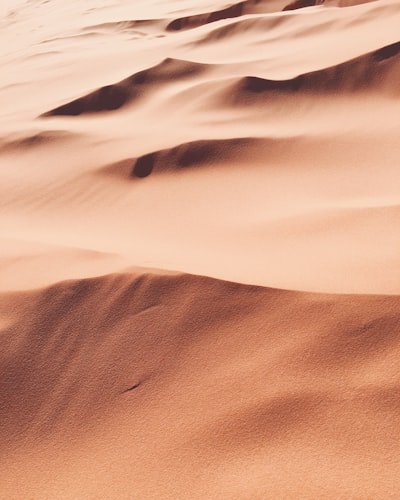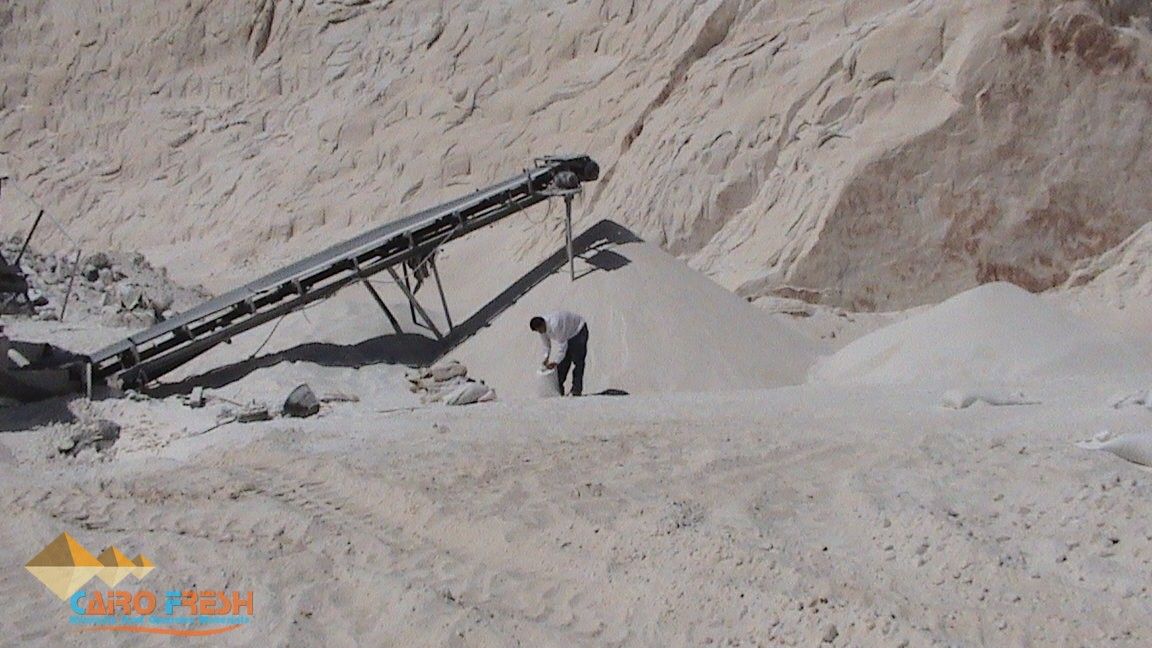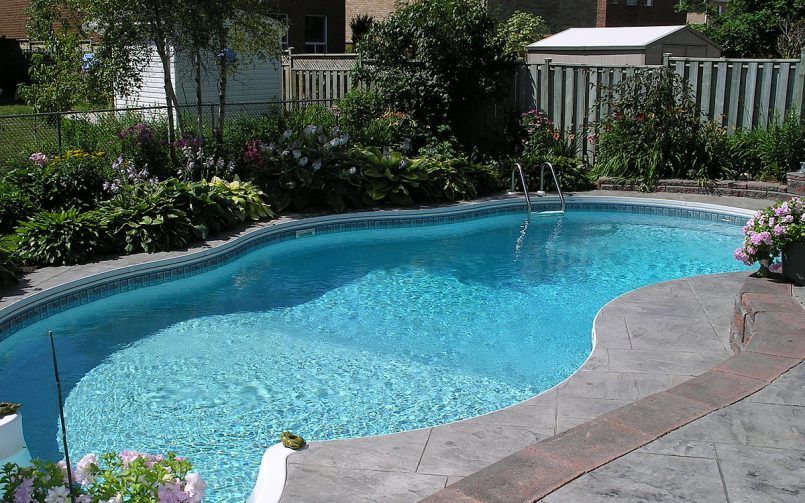Egypt, a country known for its rich history and iconic pyramids, is often associated with images of vast, sprawling deserts. But is it all just sand and pyramids? This article will delve into the geographical aspects of Egypt, focusing on its desert landscapes and the presence of sand.
Geographical Aspects of Egypt
The Deserts
- The Sahara Desert
- The Libyan Desert
- The Eastern Desert
- The Sinai Peninsula
Egypt is predominantly covered by desert, with the Sahara being the most significant. This desert, the largest hot desert in the world, spans across several countries, and a significant part of it lies in Egypt. The Libyan Desert, a part of the Sahara, covers the western part of Egypt.
The Eastern Desert, also known as the Arabian Desert, lies to the east, between the Nile River and the Red Sea. The Sinai Peninsula, although technically in Asia, is also a desert region and part of Egypt. These desert areas are primarily composed of sand and sand dunes, along with rock formations and occasional oases.
The Nile Valley and Delta
Despite the vast deserts, Egypt is not all sand. The Nile Valley and Delta, which stretch from the south of the country to the Mediterranean Sea in the north, are fertile areas where much of the country’s population resides. Here, the landscape is dominated by agricultural land rather than sand.
Sand in Egypt
- Composition of Sand
- Sand Dunes
- Sandstorms
The sand in Egypt’s deserts is typically composed of finely ground quartz and feldspar, mixed with other minerals. This composition gives the sand its characteristic color, which can range from a pale cream to a deep, rich orange.
Egypt is also home to some impressive sand dunes, particularly in the Great Sand Sea near the Libyan border. These dunes, formed by the wind’s action, can reach heights of over 100 meters.
Sandstorms, also known as haboobs, are a common occurrence in Egypt, particularly in the spring. These storms can carry sand and dust over long distances, sometimes covering entire towns and cities.
Despite its vast desert areas, Egypt is still home to a range of habitats. Along the Nile River, for example, there are lush, fertile areas that are full of life. This is where most of the population of Egypt is concentrated, and it is also where the country’s diverse flora and fauna can be found.
In addition, the country has a rich variety of landscapes, ranging from the sandy dunes of the Great Sand Sea to oases in the desert. These oases form areas of lush vegetation and provide a home to a range of wildlife. They are also a welcome respite from the desert heat.
In conclusion, while Egypt is indeed a land of sand and deserts, it also has fertile areas along the Nile. The sand in its deserts is a major part of its landscape, shaping its dunes and contributing to natural phenomena like sandstorms.
Today, the area is very arid, but thousands of years ago, it was moister, and some of the rock art found in caves in the area appears to show people swimming, according to the British Museum.
https://www.livescience.com/was-ancient-egypt-a-desert
Research indicates that during the Bronze Age (circa 3300 B.C.







